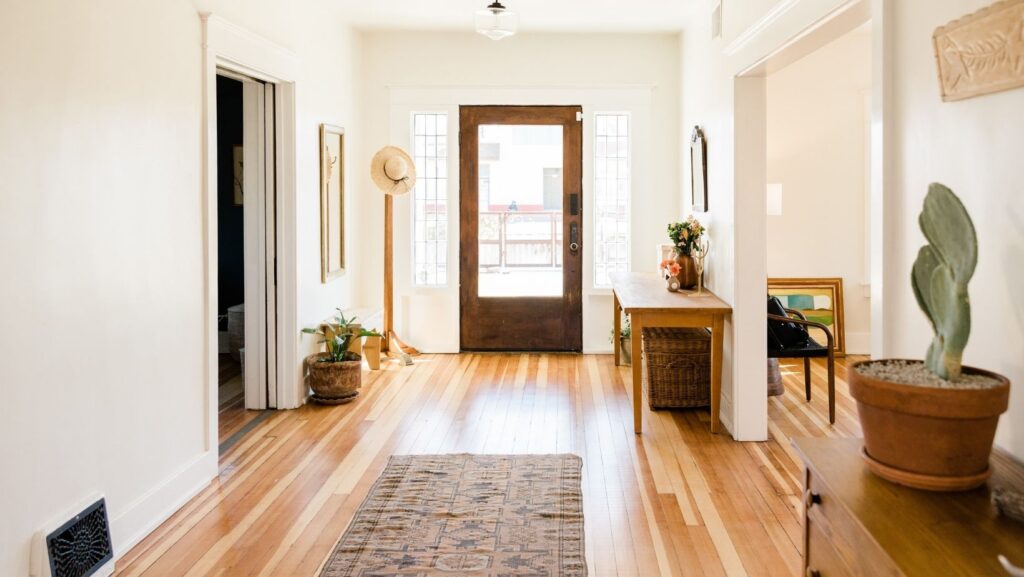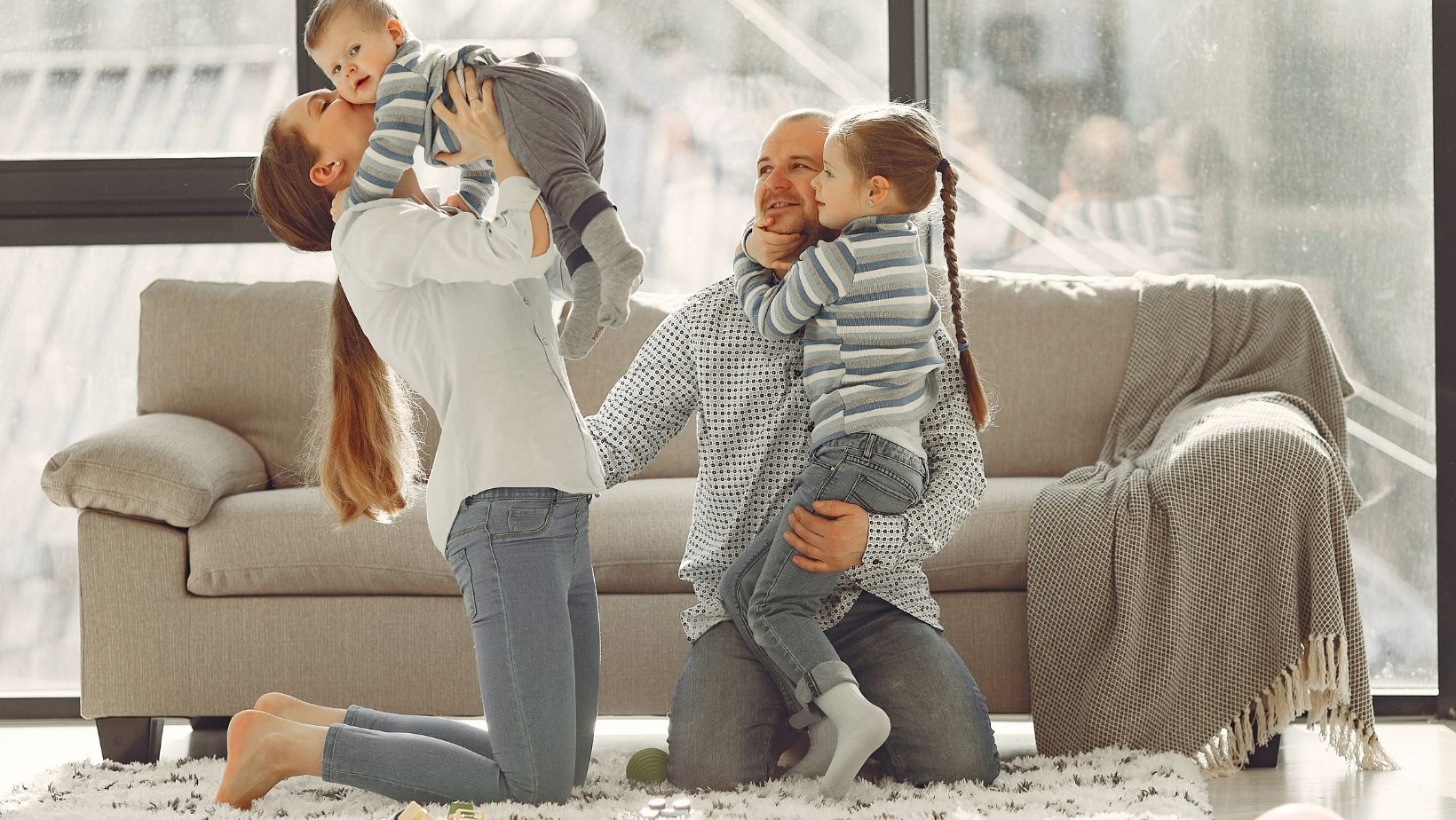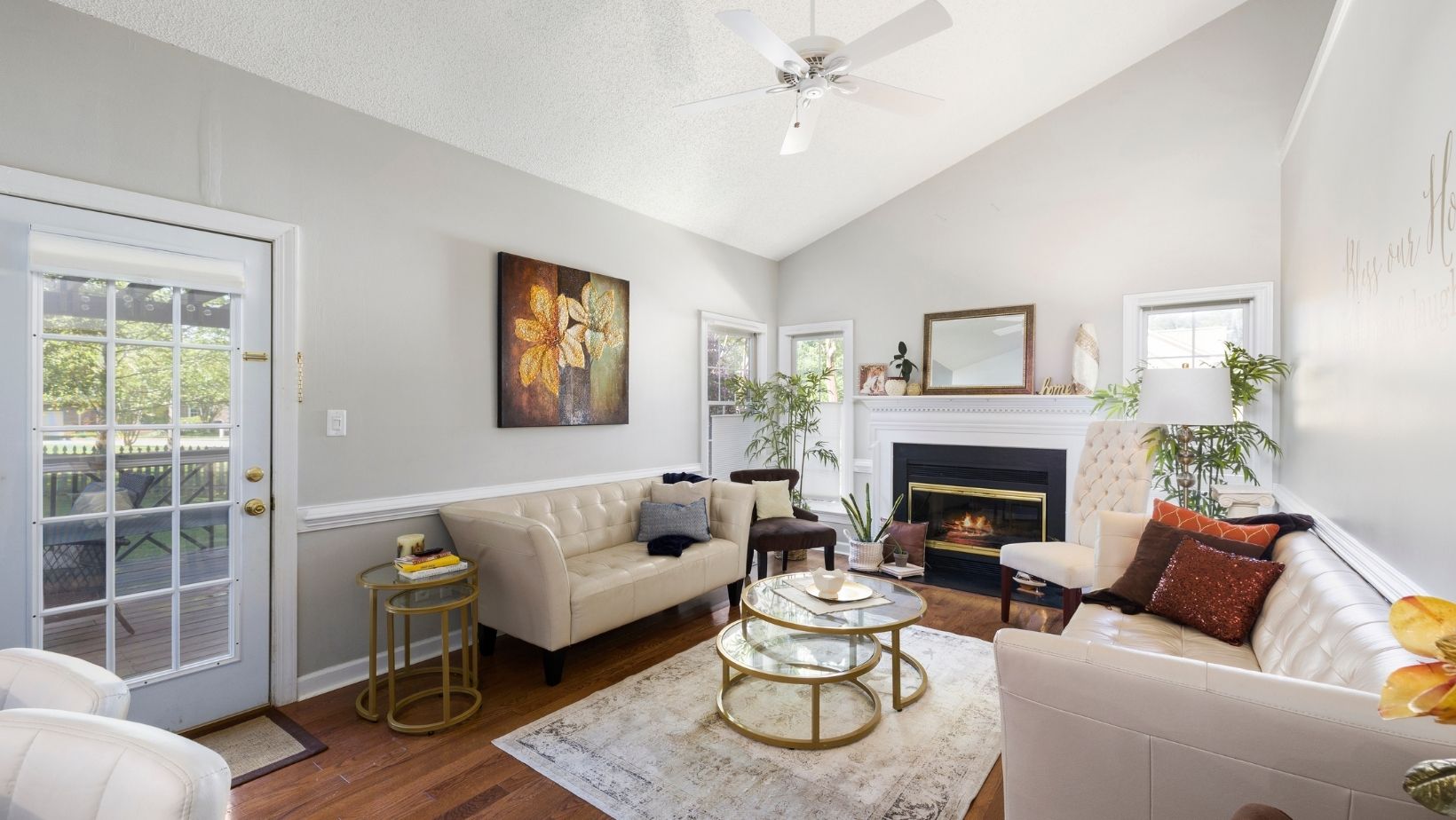
Creating a home that is inviting, safe, and accessible is important for everyone, but it is more critical when family members have varying requirements. With careful preparation and the correct resources, you can create a pleasant and helpful home for each person.
Design for Accessibility and Comfort
One of the first considerations in creating a home that fulfills the needs of all family members is to think about accessibility. This could include constructing ramps, enlarging doorways, or altering lighting to assist people with vision impairments. These adjustments aren’t simply for accessibility; they can also improve everyone’s comfort in the home.

Consider Sensory Needs
A sensory-friendly home setting benefits many people, particularly those with developmental difficulties. A sensory-friendly home could have quiet areas, gentle lighting, and soothing hues. Soundproofing some rooms or installing visual barriers can also contribute to a relaxing environment. Introducing sensory features such as textured walls or a specific sensory area can also have an impact.
Accessing Specialized Support
Access to resources outside the house can be quite beneficial for families of people with disabilities. Community-based programs and OPWDD services can offer specialized assistance that extends beyond what is offered at home. These services frequently involve developmental support, therapeutic programs, and community engagement activities that promote personal growth and social integration.
Create Spaces for Recreation and Relaxation
A healthy home environment should include areas for both recreation and rest. Setting up a tiny home gym, a crafting zone or a game room can encourage both physical and creative pursuits. Relaxation locations, such as a nice reading nook or a quiet backyard area, provide necessary leisure and help relieve stress.
Building Community Connections
A home that meets everyone’s requirements spreads across the neighborhood. Families can strengthen their support system by getting involved in local support networks, attending community events, and joining neighborhood groups. These connections can bring vital information about local resources, additional aid, and shared experiences that improve the home environment.













